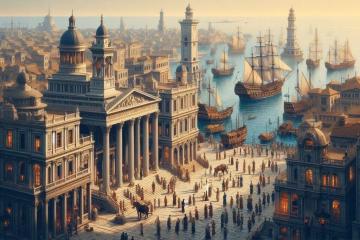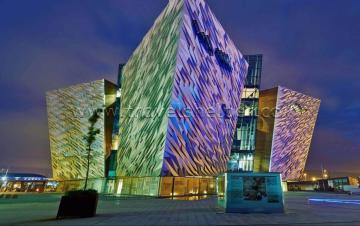Spain’s Best Kept Travel Secrets
Millions of visitors come to Spain annually because of its vibrant culture, fascinating past, and amazing scenery. Still, the real spirit of Spain is found…

Best things from Alaska till Australia, from the Earth and around it. All credits to the photographer’s eye and the mother nature.
Millions of visitors come to Spain annually because of its vibrant culture, fascinating past, and amazing scenery. Still, the real spirit of Spain is found…

Boat travel—especially on a cruise—offers a distinctive and all-inclusive vacation. Still, there are benefits and drawbacks to take into account, much as with any kind…

From Rio's samba spectacle to Venice's masked elegance, explore 10 unique festivals that showcase human creativity, cultural diversity, and the universal spirit of celebration. Uncover…

From Alexander the Great's inception to its modern form, the city has stayed a lighthouse of knowledge, variety, and beauty. Its ageless appeal stems from…

While many of Europe's magnificent cities remain eclipsed by their more well-known counterparts, it is a treasure store of enchanted towns. From the artistic appeal…


Standing above the busy city streets, rooftop bars offer a chance to interact with a…
Situated in the Indian Ocean, Socotra Island has become known as "the Galápagos of the Indian Ocean" for its unique…
Beneft the brilliant neon front of Las Vegas, a city known for its casinos and grandiose events, is a treasure…
Nature has created masterpieces all around that enthrall and captivate people who are lucky enough to see their breathtaking beauty.…
The Port of Spain Carnival in Trinidad and Tobago is an annual celebration of culture, history, and creativity in the…
Situated in the heart of Croatia, this amazing example of Byzantine architecture bears witness to the rich history of the…
Chalkidiki, a gorgeous peninsula with some of the most magical beaches in Europe, is tucked away in the northernmost part…
From the historic appeal of Borough Market in London to the energetic colors and gastronomic diversity of La Boqueria in…
Greek island Lesbos is enmeshed in rich legends that deftly link mythology and history. From the story of King Macares…
Year-round visitors are enthralled by York, a city full of charm and rich history. York presents a special mix of…
Apple strudel, known in its original German as Apfelstrudel, goes beyond simple pastry to reflect Austria's rich gastronomic legacy loved not only in Vienna but…

Soppressata pizza represents a thoughtful integration of Italy's extensive culinary traditions with modern flavor inclinations. Along with fresh mozzarella, spicy chiles, and a bit of…

Topfenstrudel is a traditional Austrian dessert made of a buttery, flaky pastry filled with creamy topfen (quark cheese). In Austria, people often present this dish…

Pizza Vesuvio is a classic Italian meal that deftly combines calzone qualities with those of a traditional pizza. This unique gastronomic creation comes from the…

Portokalopita stands out as a remarkable example of Greek culinary artistry. This classic dessert, often referred to as Greek orange cake, encapsulates the essence of…


Home Respected Andorran culinary creation Trinxat captures the core of Catalan mountain cuisine. Made sautéed…
© All Rights Reserved. By Travel S Helper